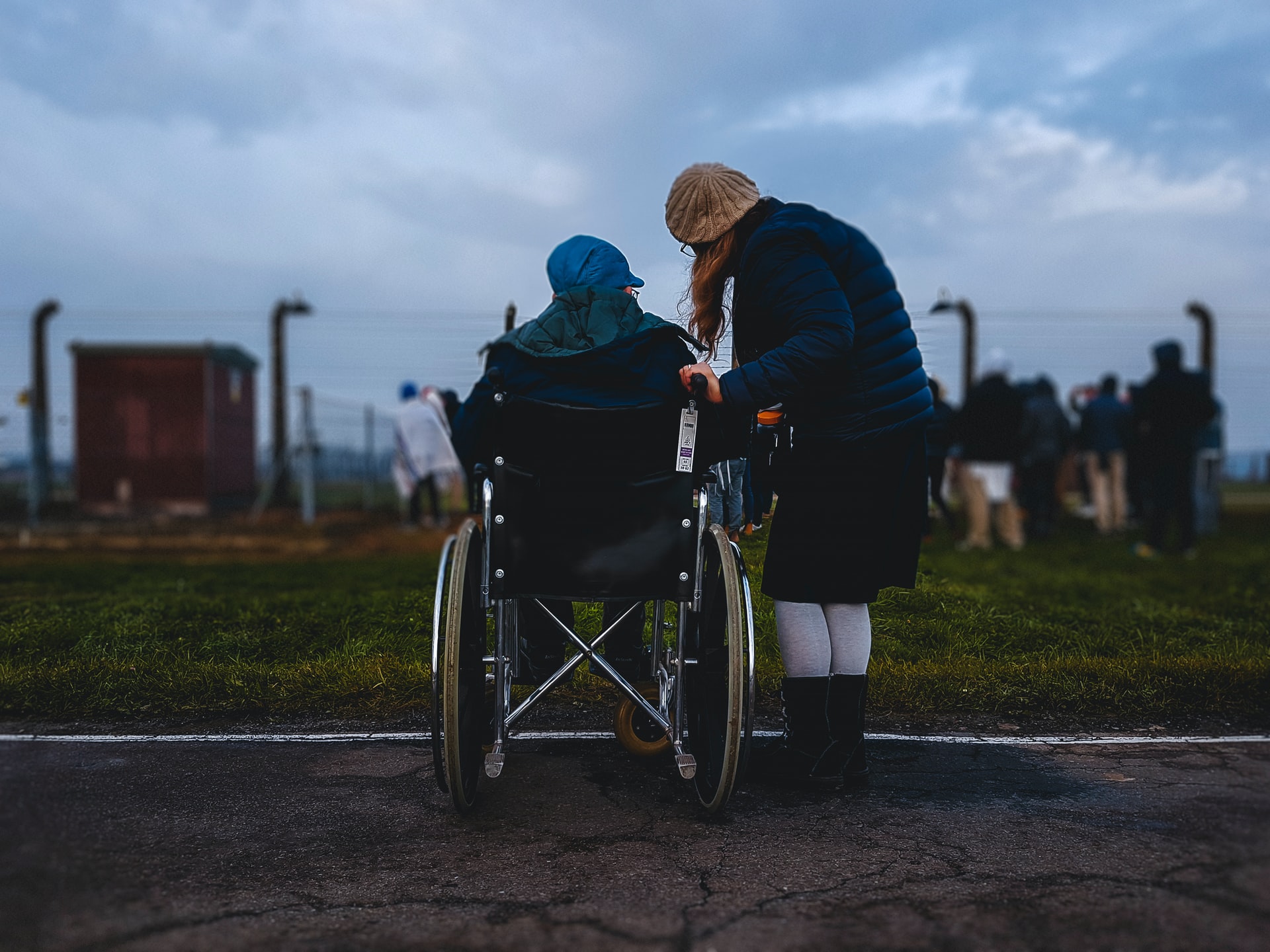If you or one of your loved ones are going to prison, you will want to know how to get home or get them home sooner. You might be familiar with things like asking for a lesser sentence in court or filing an appeal. And you might have heard about other legal concepts, too. Common examples include “newly discovered evidence” and “habeas corpus.” Another one people have heard of but don’t know enough about is compassionate release. A compassionate release is one way that you or your loved one can get home sooner. But getting a compassionate release, even during COVID-19, hasn’t been easy.
What is compassionate release?
The Bureau of Prisons and state facilities grant compassionate releases in some cases. A compassionate release is appropriate in several circumstances. Usually, it’s when your situation outweighs the need for more time in prison.
Examples of personal situations include older age, a terminal illness or a severe sickness. Examples of family situations include when someone outside of prison needs your care.
During the COVID-19 pandemic, many incarcerated people asked for a compassionate release. They pointed to their age, health conditions and other factors.
How do you apply for a compassionate release?
To apply for a compassionate release, you start the process when you submit a written request. You can do this by yourself or with a lawyer’s help. The request goes to the Prison Central Office. In the request, you must show “extraordinary or compelling reasons” for your release. Again, the most common reason for these releases involves severe medical conditions.
If the prison denies your first request, you must then go through the administrative process. Because of a new law called the First Step Act, you can go to a court after if you don’t win in the administrative process. This change is a good one. Before the law changed, the BOP would make that final decision.
What are the chances for a compassionate release?
You may qualify for a compassionate release in a lot of situations. But it’s important to understand that a compassionate release is rare. Studies show that only six percent of requests are granted. And only two percent are for non-medical reasons.
Anyone in prison can ask for a compassionate release. But that doesn’t mean you should. Incarcerated people file around 5,400 applications for compassionate releases every year. Prisons only grant around 300 of those applications. So it’s important that you stand out compared to others.
These numbers should go up because of laws like the First Step Act. But, as of now, growth has been slow.

Did COVID-19 change anything?
Older people and those with pre-existing health conditions are especially vulnerable to COVID-19. So you might be thinking that the number of compassionate releases grew by a lot in 2020 and 2021. While you should be correct, the numbers paint a messy picture instead.
In some areas like California and Connecticut, prisons have granted more than 50% of applications during COVID-19. Others like Texas, Mississippi and Oklahoma, however, have granted less than 6% of applications. These low rates have nonprofit groups like Interrogating Justice and the ACLU concerned.
The Takeaway:
There are many ways that you can get out of prison sooner. A compassionate release is one of them. But compassionate releases are very rare.






